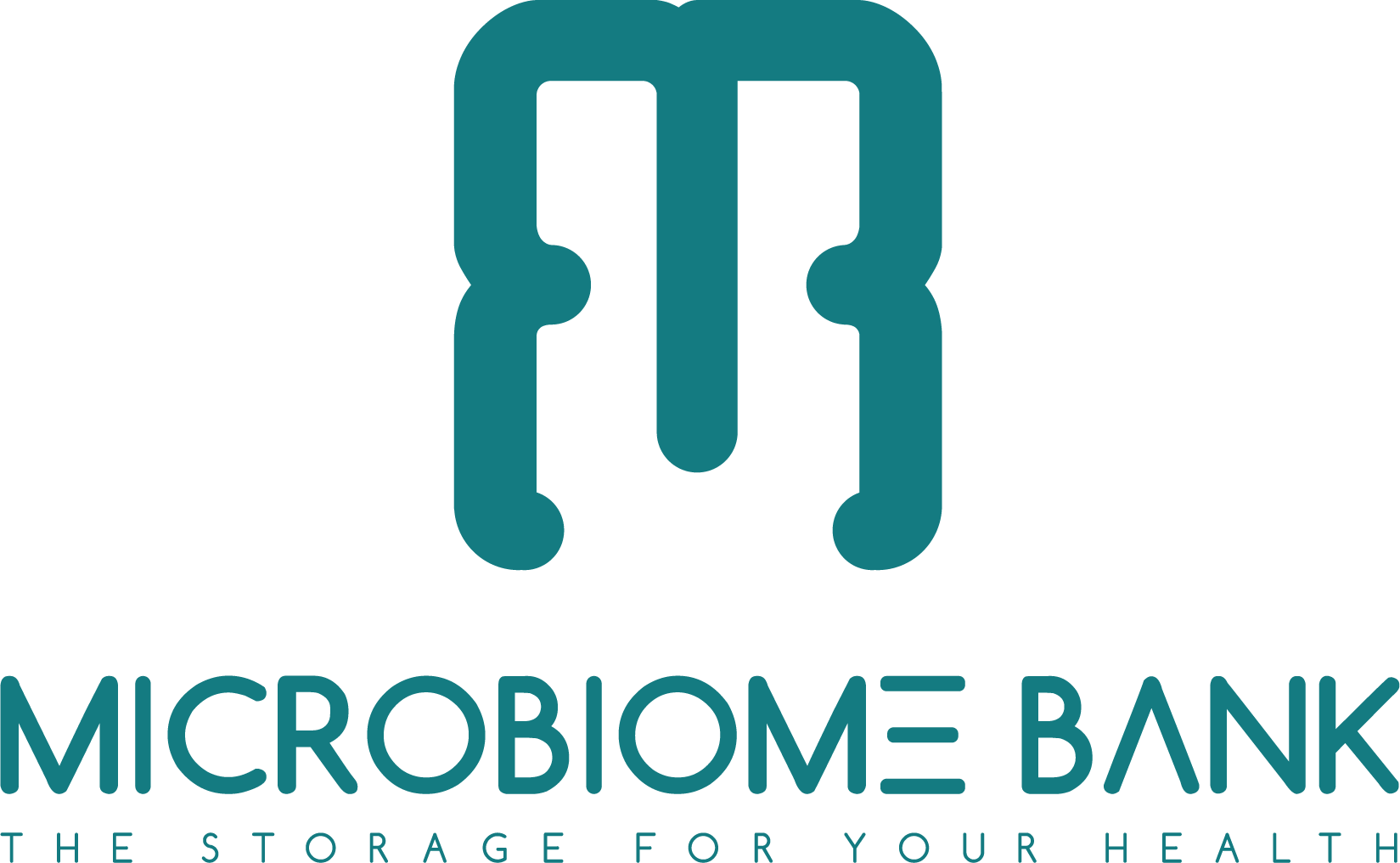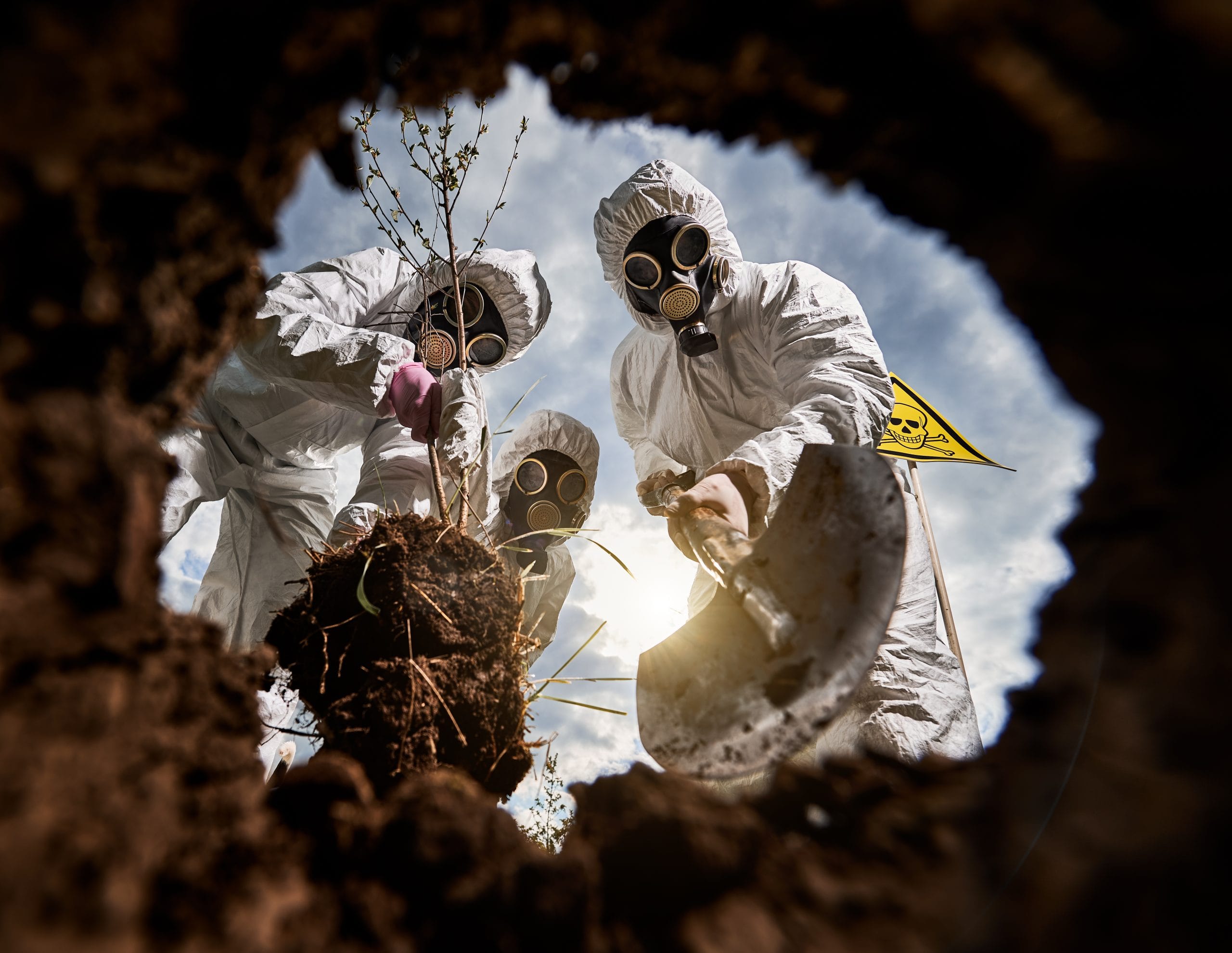The Hidden Toxins Around Me
He once believed health was mostly about food, fitness, and rest. But the deeper he went into microbiota science, the more he realized another invisible layer was at play: the exposome—the total sum of environmental exposures we encounter daily. Plastics, pollutants, fragrances, cleaning chemicals, heavy metals, even the air he breathed and the water he showered in. These weren’t just background noise; they were signals his microbes had to interpret.
The gut wasn’t the only target, but it was a sensitive one. Studies showed how endocrine disruptors like BPA and phthalates could alter microbial balance, reduce diversity, and subtly increase gut permeability. Air pollution particles could be swallowed, shifting the microbiota toward inflammatory profiles. Even tap water with chlorine byproducts or microplastics had been implicated in low-grade stress on the gut barrier. This wasn’t paranoia - it was biology.
So, he began to make changes. Not all at once, but step by step. Plastic containers and BPA-lined cans were swapped for glass and stainless steel. He retired his scratched Teflon pans. Atleast the ones he was allowed. Personal care products with synthetic fragrances, parabens, or triclosan gave way to simpler, microbiota-friendly versions. He filtered his drinking water and, later, even his shower water. Each swap wasn’t about chasing purity, but about reducing the daily chemical “drip” his microbes had to endure.
The effects weren’t dramatic overnight. But after weeks, he noticed subtle shifts: steadier energy, fewer skin irritations, and a sense of mental clarity - whether from cleaner air, lower fragrance load, or placebo didn’t matter. What mattered was that his body felt less burdened. Studies confirmed what he was experiencing: while single exposures at low doses might not cause immediate harm, chronic accumulation could amplify inflammation and strain detox systems. Precision, not perfection, was the goal.
He decided to postpone more radical shifts. Organic mattresses, whole-home air filters, EMF shielding—he knew these were options, but he wasn’t ready to overhaul everything. Instead, he treated his knowledge as a reserve for the future. If symptoms ever flared again, he knew where to look and what to do. It was a kind of environmental toolkit, saved for when the soil needed tending.
What struck him most was the metaphor. His gut was soil, but his environment was the weather. And even light toxic “rain,” when steady enough, could erode resilience. He didn’t see his adjustments as restrictive but as ecological alignment. Just as he fed his microbes with fiber and fermentation, he now tried to shelter them from unnecessary storms.
In time, he came to view his home, his clothes, even his air as extensions of his body. Every choice was a small act of cultivation. The exposome wasn’t an enemy to fear, but a terrain to manage - wisely, patiently, and with respect for the unseen collaborators inside him.
Next week: “My Cells Needed a Microbial Upgrade” - mitochondria, metabolites, and how gut bacteria power energy at the cellular level.


